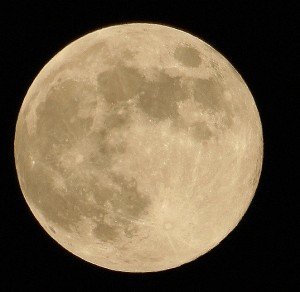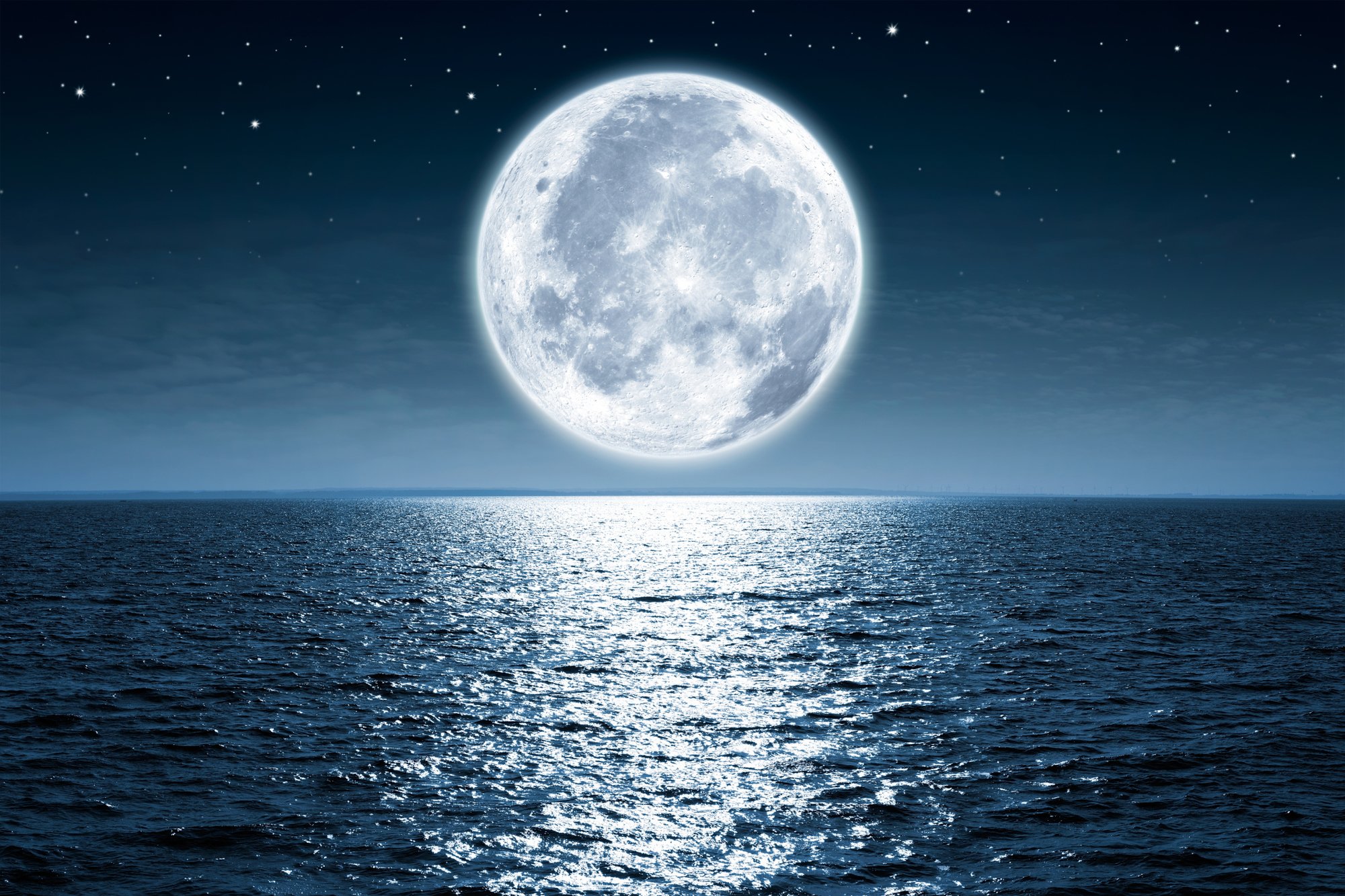You probably look up at it every night, but do you even realize how awesome the moon is?
Whether you’re interested in a career at NASA or can just appreciate the beauty of outer space, you have to admit that the moon is a pretty awesome sight. But did you know these crazy facts about the moon?
1. The length of a day on the moon is 708 hours.
From sunrise to sunrise, the moon has 684 more hours than a day on Earth. This is called a lunar day. I’ll save you some time on math – that’s 29.5 Earth days for it’s synodic period. Compared to the stars, the moon takes 27 Earth days to complete its orbit, but it has to travel further than the Earth around the sun so it takes longer to get to the same position. This is why every 29 days or so, we see a full moon.
2. The moon is 238,855 miles away from Earth.
…And it’s slowly moving farther away every day. When the moon formed, it was only separated from Earth by 14,000 miles.
3. The moon’s temperature varies greatly.
Unlike Earth where the difference in temperature during the day and night are minimal, the moon experiences crazy leaps and dips. The average temperature on the moon hits -298 degrees Fahrenheit (-183 degrees Celsius) at night, then spikes to 224 degrees Fahrenheit (106 degrees Celsius) during the day. This is because the moon has no real atmosphere to stop the sun’s rays or help trap heat.
4. A total of 12 people have walked on the moon’s surface.
Everyone knows Neil Armstrong and Buzz Aldrin, but the ten other men who have walked on the moon were Pete Conrad, Alan Bean, Alan Shepard, Edgar Mitchell, David Scott, James Irwin, John Young, Charles Duke, Eugene Cernan, and Harrison Schmitt. However, the last moon walk occurred all the way back in 1972.

Photo Credit: Flickr Creative Commons
5. The moon formed as a result of the “Big Whack” or “Giant Impact.”
You’ve heard of the “Big Bang,” but what about the “Big Whack.” Scientists believe a giant object the size of Mars hit Earth 4.6 billion years ago shortly after the birth of the sun and the solar system. A cloud of Earth’s and the other object’s particles went into orbit around Earth, then cooled and formed the moon.
6. Earth’s moon is the fifth largest in the solar system.
At 3475 km in diameter, the moon ranks behind Ganymede (Jupiter), Titan (Saturn), Callisto (Jupiter), and Io (Jupiter) in our solar system. Not too shabby!
7. Mons Huygens is the tallest mountain on the moon.
Mons Huygens is 5,500 meters tall, making it over half the height of Mt. Everest (8,848 meters). It is named after Dutch mathematician, physicist, and astronomer Christiaan Huygens.
8. The gravity on the moon is much weaker than on Earth.
The moon is about 27 percent the size of Earth, so gravity on the moon is only about 1/6 of that on Earth. If you drop a rock on the moon, it falls more slowly. If you weigh 150 pounds on Earth, you’d weigh 25 pounds on the moon.
9. The craters on the moon show where the surface has been hit by other objects.
The surface of the moon features a large number of impact craters from comets and asteroids that have collided with the surface. Because the moon lacks an atmosphere or weather, these craters remain well preserved.
10. There’s water on the moon.
Back in 2009, scientists found a “significant” amount of water on the lunar surface. Ready to take up residence there yet?
While we have stopped sending manned missions to the moon, this celestial body closest to Earth continues to capture our imaginations. Will it become a pit stop and refueling station on our way to Mars? Will there be a permanent human colony on the moon some day? Only time will tell. Meanwhile, give our only natural satellite more than just a passing glance the next time you see it illuminating the night sky.
Sources:
lightsinthedark.com
coolcosmos.ipac.caltech.edu
livescience.com
ianridpath.com
mountainprofessor.com
todayifoundout.com
space.com







Leave A Comment
You must be logged in to post a comment.